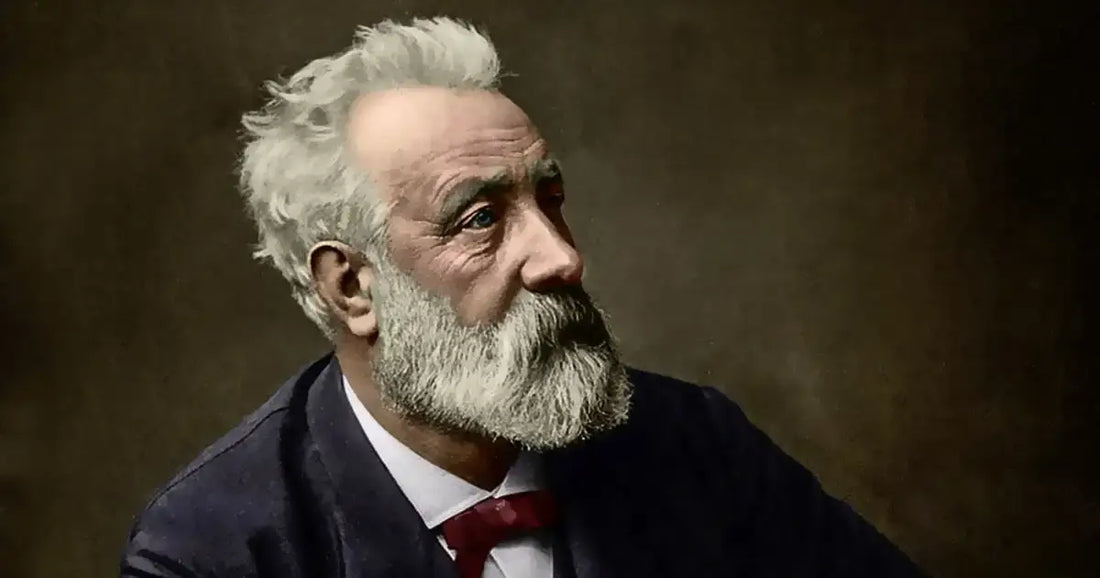Table of Contents
Professor Danesh, the author of Nikman Travel to 2222, has successfully combined the worlds of imagination and science, much like Jules Verne, the legendary pioneer of science fiction. Just as Verne blended his storytelling with scientific discoveries and speculations of his time, Professor Danesh uses complex scientific, philosophical, and spiritual ideas to create a universe full of mysteries, symbolic journeys, and metaphysical reflections.
Jules Verne's Enduring Legacy: A Visionary of His Time
To understand why Professor Danesh is often referred to as “Jules Verne II,” it's worth taking a closer look at Verne’s legacy. Jules Verne was not just a storyteller; he was a visionary who imagined technological advances decades before their realization. In works such as Twenty Thousand Leagues Under the Sea, Journey to the Center of the Earth, and Around the World in Eighty Days, Verne used fiction as a vehicle to explore the boundaries of human knowledge, travel, and invention. His unique ability to imagine what lay beyond the horizon made his works timeless and influential.
Similarly, Professor Danesh takes the reader far beyond the boundaries of the known world. In Nikman Travel to 2222, the main character embarks on a journey that is not just physical but deeply philosophical and psychological. With poetic descriptions and vivid imagery, Professor Danesh constructs entire galaxies, futuristic laboratories, and mystical encounters that challenge the reader’s perception of time, consciousness, and reality. His writing gives wings to the mind and invites readers into a dimension where imagination is not just an escape, but a method of inquiry.
Echoes of Scientific Foresight: Verne and Danesh
The comparison between Verne and Danesh becomes even more apparent in their use of scientific thought. While Verne incorporated cutting-edge science of his time to predict submarines and space travel, Professor Danesh introduces advanced concepts like artificial consciousness and interstellar communication. Much like the futuristic inventions in his book—flying shoes, neural interface chips, and nutrient-delivery implants—his storytelling doesn’t just imagine the future; it questions how humanity will adapt to it.
But what truly earns Professor Danesh the title “Jules Verne II” is not just the thematic similarity; it is the grandeur and depth of his storytelling. His narrative style, filled with metaphor and symbolism, resonates with the timeless quality of Verne’s novels. His books do not merely entertain — they invite contemplation and awaken a sense of wonder. The vivid scenes and psychological depth he brings to life allow readers to both lose and find themselves in his imaginative worlds.
In conclusion, just as Jules Verne redefined the scope of fiction in the 19th century, Professor Danesh reimagines what fiction can be in our time. Nikman Travel to 2222 is more than a novel; it is a portal to new dimensions of thought. For those who seek stories that expand the mind and challenge the soul, Professor Danesh stands as a worthy successor to Verne — a modern visionary and truly, a "Jules Verne II."
If you enjoyed this exploration of Professor Danesh and his connection to Jules Verne, please consider leaving a review to share your thoughts!





